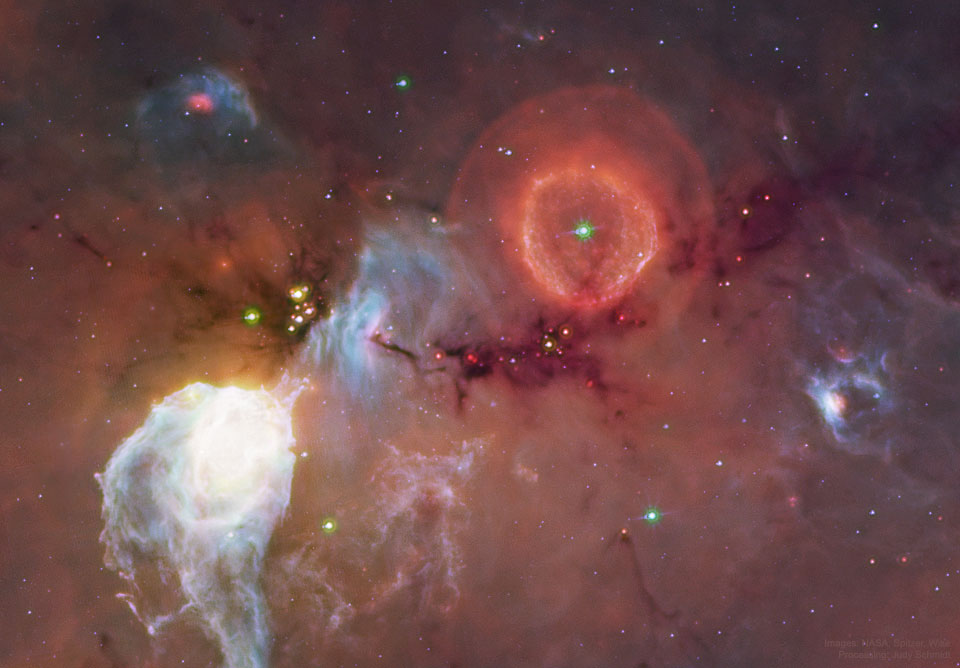Lava tubes, underground caves created by volcanic activity, could provide protected habitats large enough to house streets on Mars or even towns on the Moon, according to new research. A further study shows how the next generation of lunar orbiters will be able to use radar to locate these structures under the Moon’s surface.
via Science Daily
Zazzle Space Exploration market place
